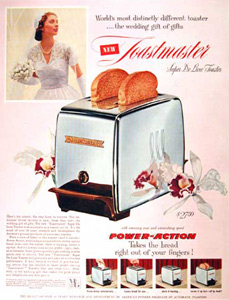 What was the greatest thing since before sliced bread? Why burnt toast, of course!
What was the greatest thing since before sliced bread? Why burnt toast, of course!
Seriously. Without burnt toast, we might never have the modern toaster. And, without the pop-up toaster’s boost by the subsequent invention of sliced bread, we’d probably never have thought of pop-tarts and frozen waffles, either.
Burnt Toast Smell Fills Factory Cafeteria; Sparks Creative Genius
Burnt toast in the company cafeteria at a Stillwater, Minnesota plant lead to the invention of the modern pop-up toaster. Charles Strite, a master mechanic, wanted to take the need for continual human attention out of the process of making toast. Strite added springs and a variable timer to the toaster. The new toaster had a clockwork mechanism that, after a certain adjustable amount of time had elapsed, would turn off the heating elements and trigger the ascension of a spring-loaded basket containing the toasted bread. Continue reading “The Greatest Thing Since Before Sliced Bread? – The Invention of the Toaster”


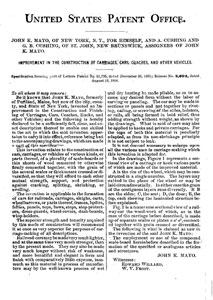 Although plywood is considered a modern building material, its origin can be traced to ancient times. Remnants of plywood have been found in Ancient Egyptian tombs. There was a shortage of fine wood in Egypt. In order to save the higher quality wood for the exterior of furniture and other decorative products, the Egyptians glued thin sheets of the high quality wood to the lower quality more available wood. Ancient Chinese were known to use a similar technique for furniture. In the 1600 and 1700’s, the British and French experimented with different types of plywood.
Although plywood is considered a modern building material, its origin can be traced to ancient times. Remnants of plywood have been found in Ancient Egyptian tombs. There was a shortage of fine wood in Egypt. In order to save the higher quality wood for the exterior of furniture and other decorative products, the Egyptians glued thin sheets of the high quality wood to the lower quality more available wood. Ancient Chinese were known to use a similar technique for furniture. In the 1600 and 1700’s, the British and French experimented with different types of plywood.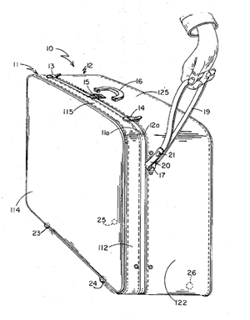 It has only been for the last forty years that traveling did not have to mean a sore back from carrying your luggage. Before 1970, luggage had to be carried. Suitcases did not have wheels. This month, wheeled luggage celebrates its 40th anniversary. Bernard Sadow is the man who made traveling with ten pairs of shoes and enough clothes for a month much easier.
It has only been for the last forty years that traveling did not have to mean a sore back from carrying your luggage. Before 1970, luggage had to be carried. Suitcases did not have wheels. This month, wheeled luggage celebrates its 40th anniversary. Bernard Sadow is the man who made traveling with ten pairs of shoes and enough clothes for a month much easier.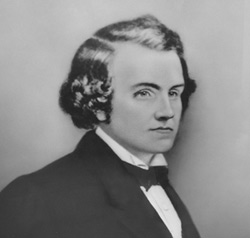 John Gorrie is considered the father of refrigeration and air conditioning. Gorrie’s medical research involved the study of yellow fever. At the time of his research, it was widely believed that bad air was the cause of many diseases. Gorrie also noticed that outbreaks of yellow fever were less frequent in the winter. He was convinced that cold was a healer. This led Gorrie to cool the sickrooms of his patients to reduce fever and make them more comfortable.
John Gorrie is considered the father of refrigeration and air conditioning. Gorrie’s medical research involved the study of yellow fever. At the time of his research, it was widely believed that bad air was the cause of many diseases. Gorrie also noticed that outbreaks of yellow fever were less frequent in the winter. He was convinced that cold was a healer. This led Gorrie to cool the sickrooms of his patients to reduce fever and make them more comfortable.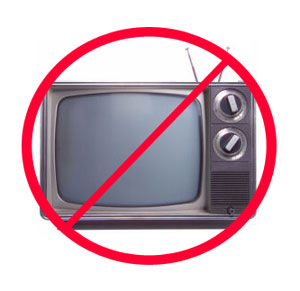 Five technological advancements in the last decade have led to the current trends in consumer electronics. Without these advancements, we would not have iPods, digital cameras, TiVos or Blackberries as well as many other electronic devices.
Five technological advancements in the last decade have led to the current trends in consumer electronics. Without these advancements, we would not have iPods, digital cameras, TiVos or Blackberries as well as many other electronic devices.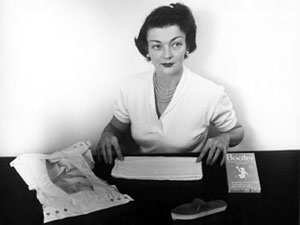 Marion Donovan spent a large part of her childhood in a manufacturing plant run by her father and uncle who invented many things including an industrial lathe. This experience instilled Marion with an inventive spirit.
Marion Donovan spent a large part of her childhood in a manufacturing plant run by her father and uncle who invented many things including an industrial lathe. This experience instilled Marion with an inventive spirit.